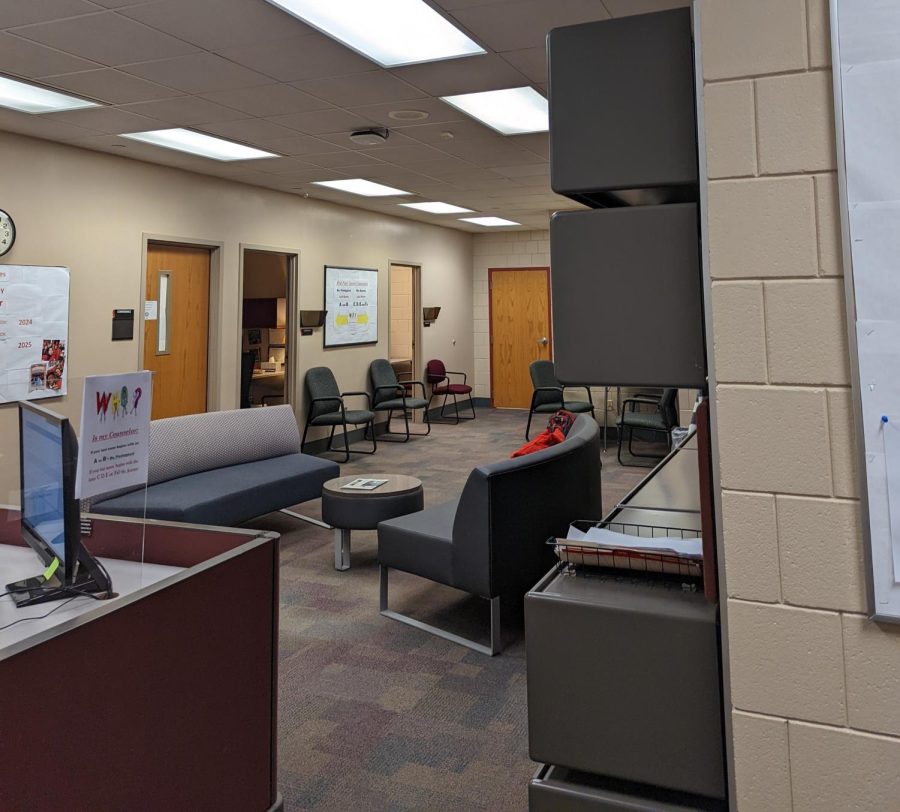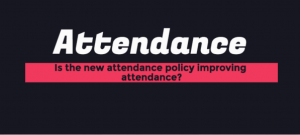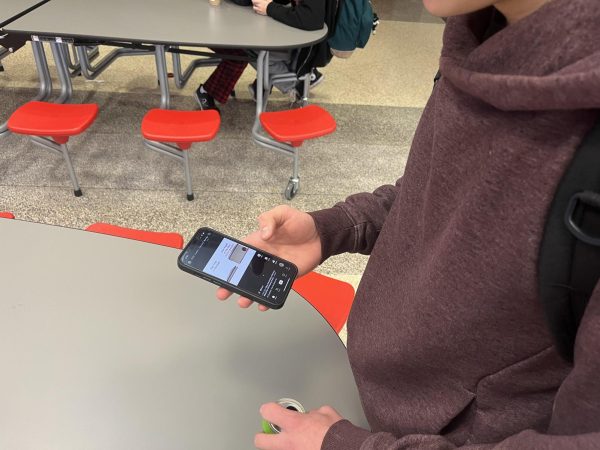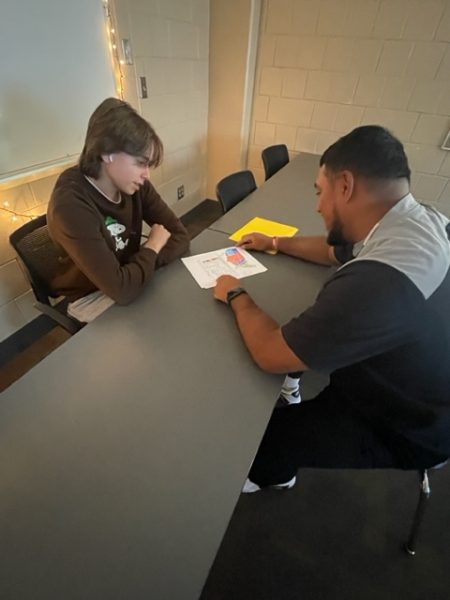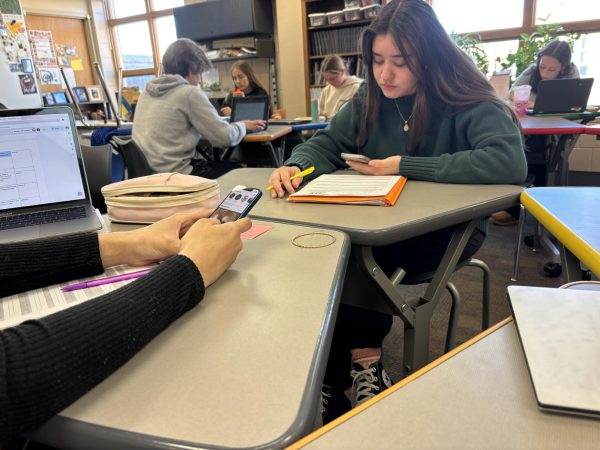School must motivate students to raise attendance
Pony Centers have taken the brunt of handling absenteeism. Assistant principals and counselors are often overwhelmed with cases of student absenteeism.
Chronic absenteeism has been a prevailing problem in the United States for the past decade. However, with the COVID-19 pandemic, existing problems were exacerbated tenfold. Among other factors, lack of in-person learning, social interactions, and motivation contributed to almost doubling student absenteeism nationwide.
Why students do not attend class
Throughout the transition from online to in-person learning, schools altered and relaxed their absenteeism policies to accommodate the spontaneous effects of COVID-19. Due to the overwhelming number of cases, the systems sometimes fail, resulting in some students being falsely marked as “unexcused absence” when in reality, they are out sick with COVID-19.
Some students have recognized that the school has relaxed its policies and purposefully skipped class for various reasons. So, while some excused absences are warranted, others are not. According to multiple staff members, students have been wandering the halls or hiding in vacant classrooms. Other students do not enter the building and choose to skip school without anybody knowing.
“I have a lot of friends who don’t go to classes where they don’t feel engaged or they feel really bored by the material,” senior Sophia Ardnt said.
Part of the lack of motivation and engagement comes from transitioning from online to in-person teaching. COVID-19 forced teachers to switch to entirely online material. With full-time, in-person learning back in place, some teachers have still not altered their curriculum to suit in-person learning. Many students do not feel compelled to attend school because of the lack of engagement during in-person teaching.
“A lot of teachers aren’t doing as many worksheets and everything is just online,” junior Gabby Knowlan explained. “So if you skip a class, it’s not a big deal because you can literally just go on your computer and do it from home anyways.”
What can be done: Motivation
Many students avoid school because it lacks engagement and motivation. COVID-19 and online learning were incredibly boring, and students want to feel engaged at school again. Many students pointed to the student council elections as motivation at school. Others want to see the classrooms become more engaging and fun so that students want to attend their classes.
“I think what can be much more helpful for both sides is if the direct intervention was about people who wanted to change your attitude about school,” junior Brady Lau said. “It is so hard to show up to school on time when you’re just like ‘why am I even here?’ The people who don’t want to be here not because they don’t want to learn per say, but just because they are so unmotivated.”
Motivation encompasses the desire to continue striving toward meaning, purpose, and worth. Many students find their motivation at school through their peers. Positive peer pressure is when one’s peers encourage them to act in a good manner. At school, this source of motivation is the only reason they want to attend school.
“I honestly think that most kids get their motivation around their friends,” junior Cameryn Anderson said. “Especially when you have friends who are very educationally driven. I feel like having people to work with and work around is something that is very important.”
The STABLE
Currently, the administration is working on a proposal for an intervention system called the Stillwater Attendance Behavior and Learning Environment or the “STABLE.” Among other things, it would address student absenteeism and truancy through direct intervention and assistance throughout the school day. Students with reoccurring attendance issues would be pulled out of their classes and be referred to the STABLE for a session with paraprofessionals to discuss plans to address their issues. While the details are not finalized, students are already worried about the ramifications of such a system.
“What worries me is that when your isolate someone, and it’s kind of a forced situation, there starts to be mental health issues,” junior Ruby Suro said. “That might not be safe for someone who feels isolated from their peers. So I think that could cause some backlash for the system that they are trying to create.”
COVID-19 limited students’ opportunities for social interactions, and many students only get to hang out with their friends at school. The isolationist nature of the system has caused some students to view the system as a punishment. Students would not have a choice to go to the STABLE if referred by a counselor.
“It sounds like a pretty heavy punishment for people,” Lau said. “I think a lot of people are mislabeled as tardy and skipping students because they don’t have great school mindsets, and I feel like it’s just a lot of people are really unmotivated by their classes.”
Despite the possible negative ramifications of the STABLE, most students appreciate that the school is moving forward with a support system for students.
“Whether it’s positive or negative reinforcement, I like the idea of addressing the problem, ” Lau said.
School should be an engaging place of learning that students want to come to. Post-COVID, that is not necessarily the case, which has caused a spike in absenteeism. To address the problem, the school must foster an environment that encourages involvement and engagement within the school while also providing motivating systems of support for those who cannot control their absenteeism.


